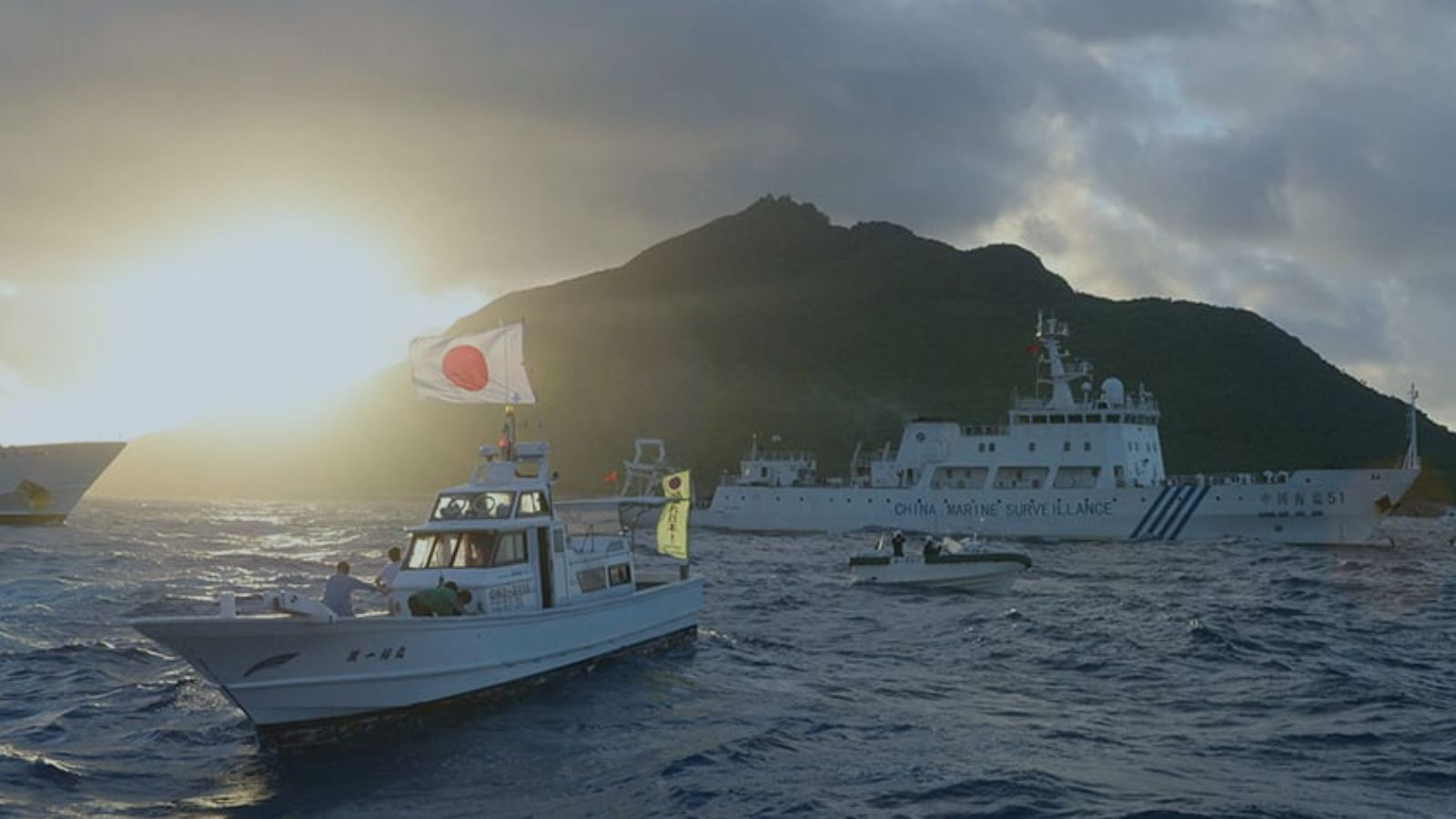Confidence Building Measures in the Maritime Domain in Northeast Asia: An Analysis of Japan-China Maritime and Aerial Mechanisms
In this third instalment from the the APLN-VERTIC special report series, Kyoko Hatakeyama, Professor of International Relations at the University of Niigata Prefecture, surveys existing maritime confidence building measures (CBMs) in Northeast Asia, with a particular focus on the Maritime and Air Communication Mechanism (MACM) between China and Japan, which was set up in 2018 to avert accidental clashes at sea and in the air.
Click here to download the full report
The report pinpoints sovereignty and territorial disagreements between China and Japan as a likely source of conflict in the region and highlights the disputed Senkaku Islands as a particular area of concern. Maritime incidents are likely to persist, given that territorial disputes will continue to be contentious, and China’s grey zone activities are increasingly difficult to monitor and respond to. Until these issues can be diplomatically resolved, a combination of confidence building measures and crisis communications are key to slowly building the trust and mutual understanding that will stop crises from escalating into all-out conflict. Professor Hatakeyama argues maritime CBMs like the MACM can be made more effective by making them legally binding and extending them to inlcude civilian maritime agencies like coast guards and fishing vessels, that operate in territorial waters.
In the report, Professor Hatakeyama suggests that while CBMs might not necessarily curtail the number of maritime incidents in the region, continued confidence building measures and crisis communications have the potential to significantly lower the risk of a major incident and large-scale military conflict and promote cooperation between the two Asian nations.
About the Author
Professor Kyoko HATAKEYAMA teaches International Relations at the Department and the Graduate School of International Studies and Regional Development, University of Niigata Prefecture in Japan. She is a graduate of Keio University and obtained M.A. and Ph.D. from Macquarie University in Australia. Prior to this position, she served as a Research Analyst of security situations in Asia as well as Europe at the Ministry of Foreign Affairs of Japan, an Associate Professor at Kansai Gaidai University, an Adjunct Professor at Ritsumeikan Asia-Pacific University and Yokohama City University and a Visiting Fellow at Leiden University. Her research interests include Japan’s foreign policy, maritime policy, peacekeeping policy, and International Relations Theory. Her current project focuses on maritime security and the regional order in Asia. Recent publications include “Middle Power’s Roles in Shaping East Asian Security Order: Analysis of Japan’s Engagement from a Normative Perspective”, Australian Journal of Politics and History (2019 March); Japan’s Evolving Security Policy: Militarisation within a Pacifist Tradition, Routledge, 2021.
Disclaimer: The views expressed in this paper are those of the author and do not necessarily reflect those of the funder nor of the project partners, their staff or boards.
Image Description: Chinese marine ship Haijian no 51 sails near Japan Coast Guard vessel and a Japanese fishing vessel at Uotsuri Islands, one of the disputed Senkaku/Diaoyu Islands in East China Sea in 2013.
Image Courtesy: Kyoko News Stills/ edited on Canva



